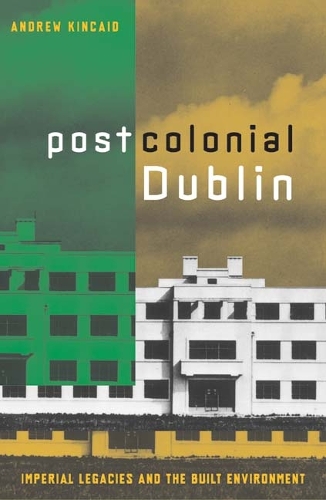
Postcolonial Dublin: Imperial Legacies And The Built Environment
(Paperback)
Publishing Details
Postcolonial Dublin: Imperial Legacies And The Built Environment
By (Author) Andrew Kincaid
University of Minnesota Press
University of Minnesota Press
1st May 2006
United States
Classifications
General
Non Fiction
941.835
Physical Properties
Paperback
296
Width 149mm, Height 229mm, Spine 18mm
Description
For hundreds of years, Ireland has been a testing ground for colonizing techniques. Postcolonial Dublin shows how perpetrators of colonialism have made use of urban planning and architecture to underscore and legitimate ideologies. From suburban development to building facades, the conflict between nationalists and colonialists has inscribed itself on Dublins landscape. Andrew Kincaid illustrates how the architecture and urban planning of Dublin have been integral to debates about nationalism, modernism, and Irelands relationship to the rest of the world. Looking at objects such as Londonderrys Market House, Patrick Abercrombies Dublin of the Future, and the urban renewal project of todays Temple Bar, Kincaid highlights Irelands colonial history and the significance of architecture in the evolution of national identity. In doing so, he demonstrates how ideology spatializes itself. Postcolonial Dublin engages the prevailing historical representations of Irish nationalism, arguing that the evolving city reflected a debate over who would hold the reins of power. Bringing the tools of literary criticism and postcolonial theory to bear on the field of urban studies, Kincaid places Dublin at the forefront of debates over modernism, modernity, and globalization.Andrew Kincaid is assistant professor of English at the University of Wisconsin, Milwaukee.
Author Bio
Andrew Kincaid is assistant professor of English at the University of Wisconsin, Milwaukee.
